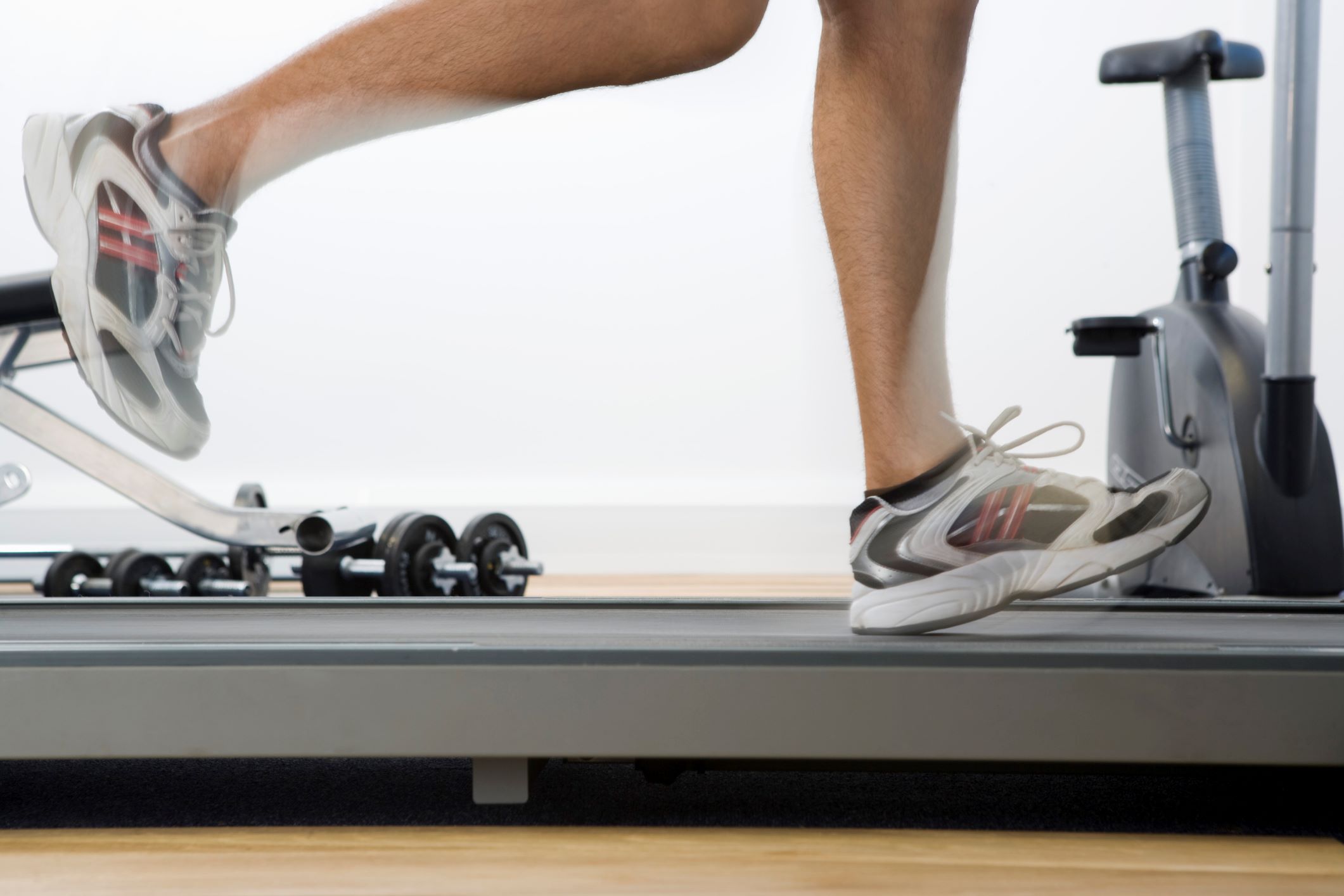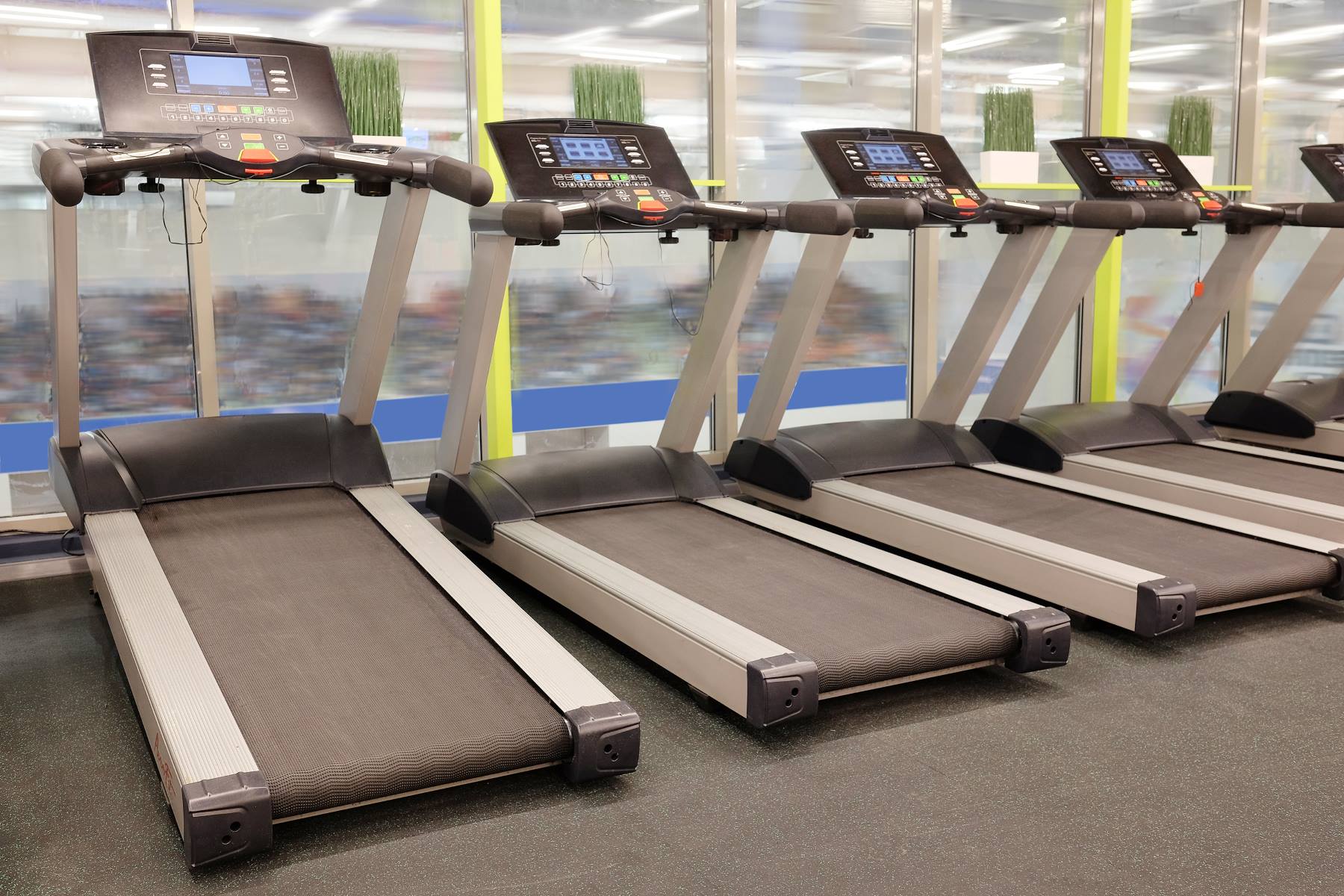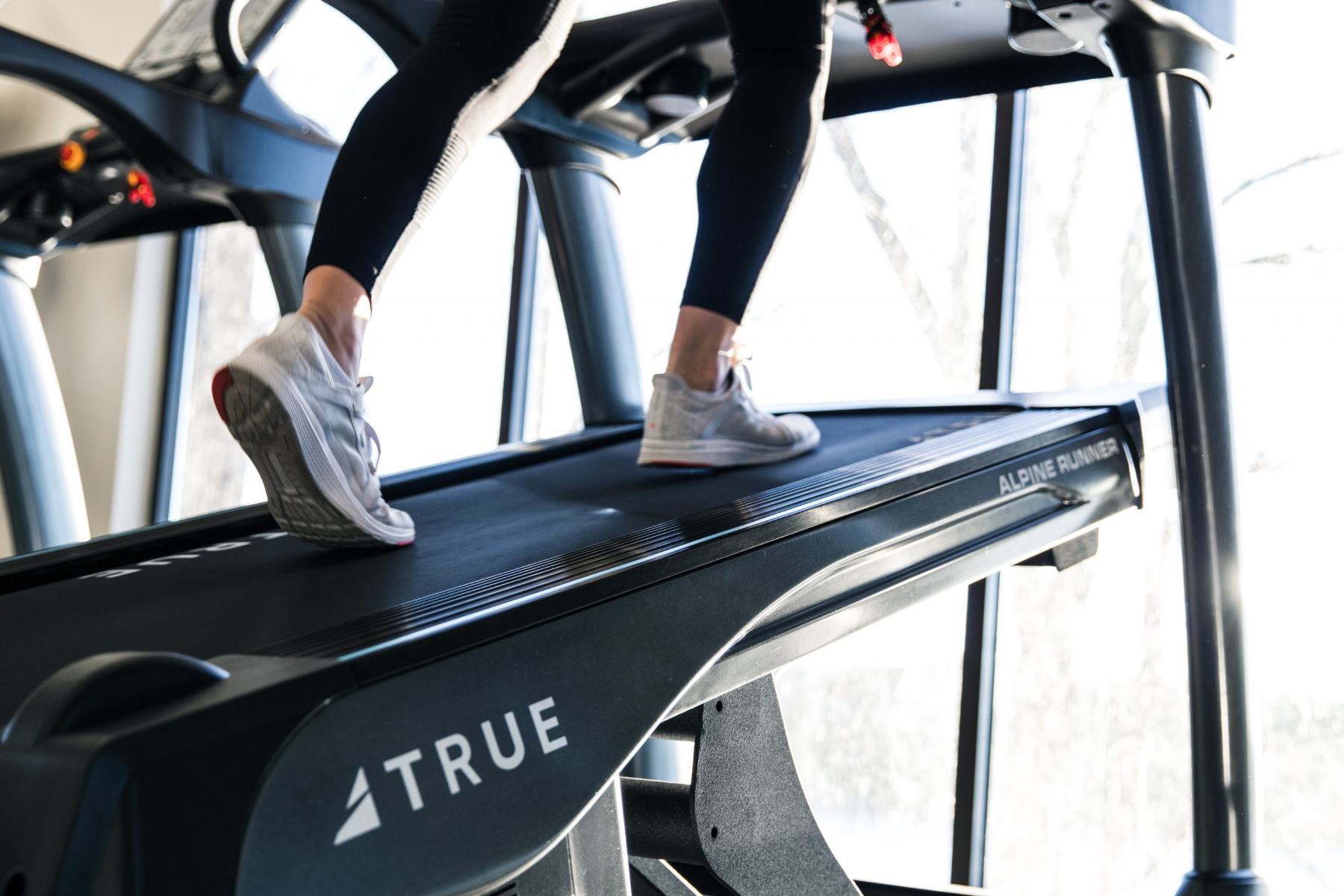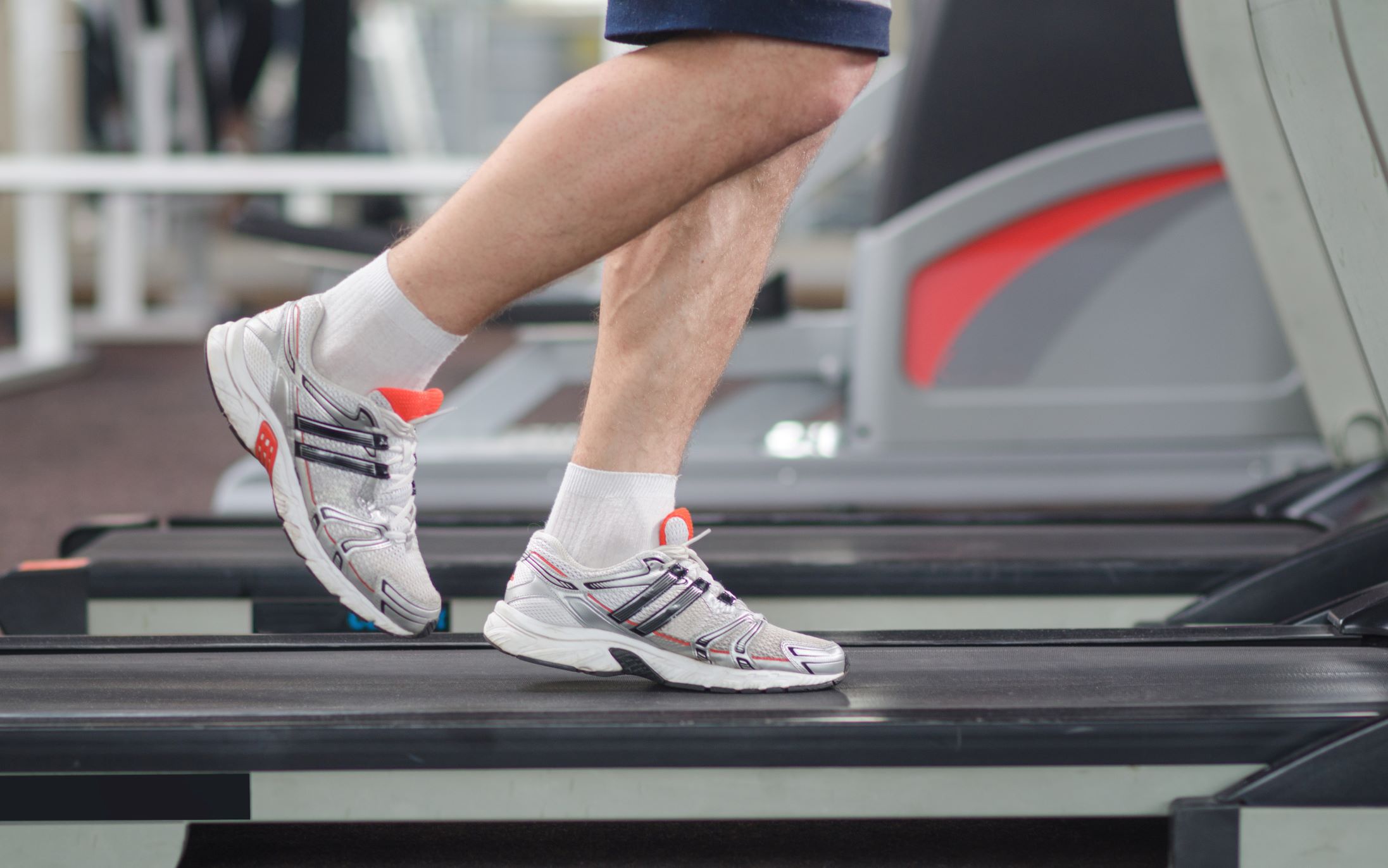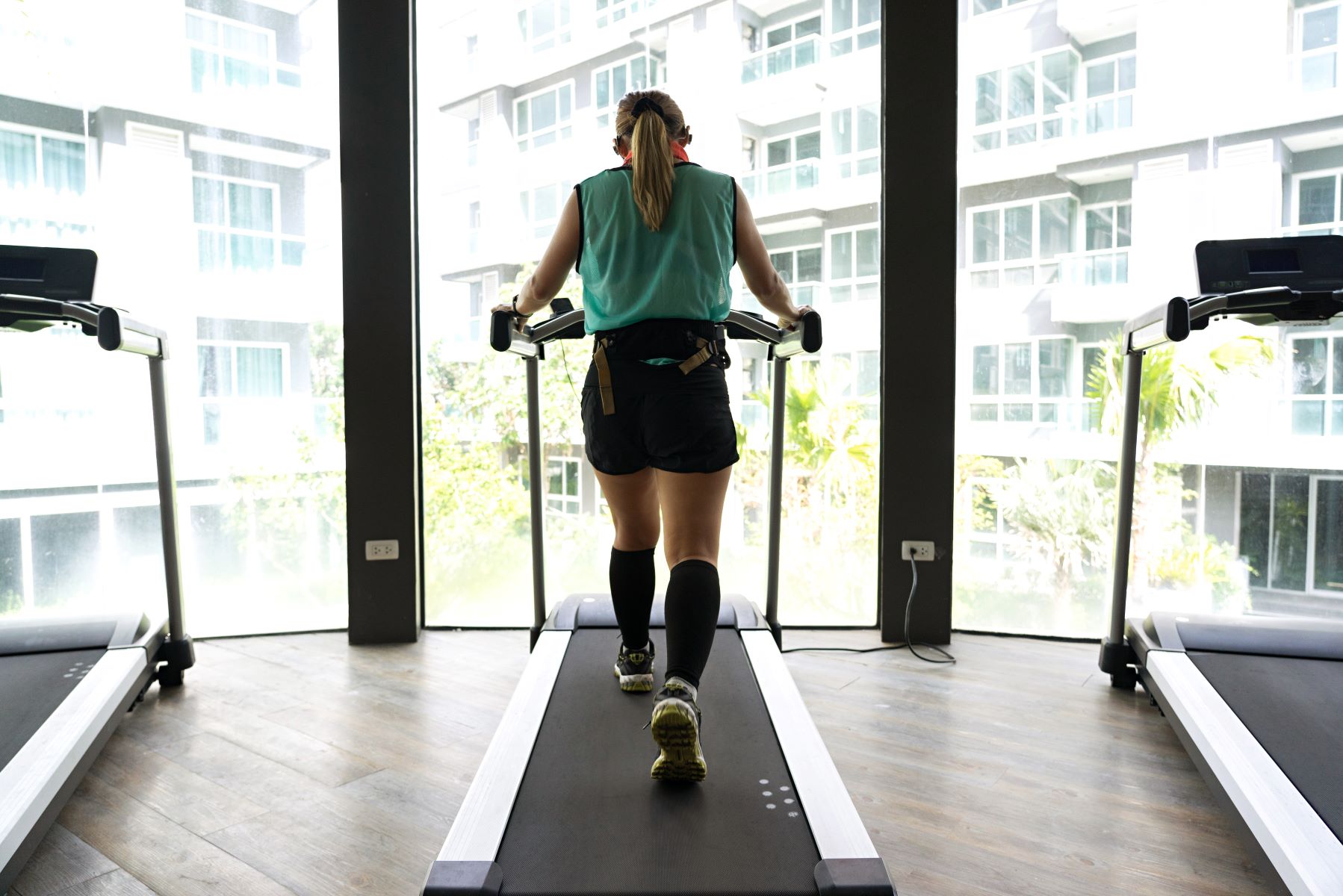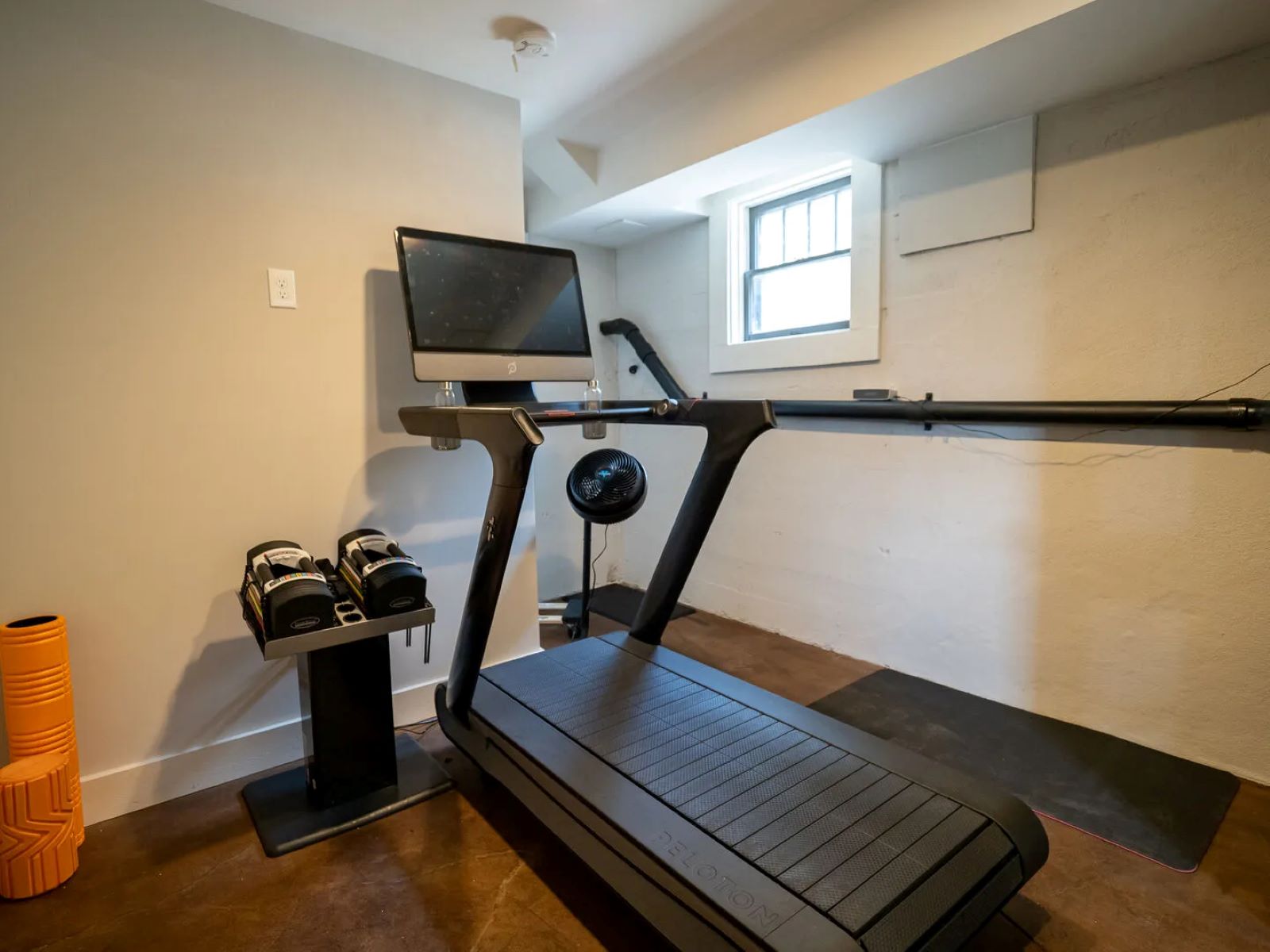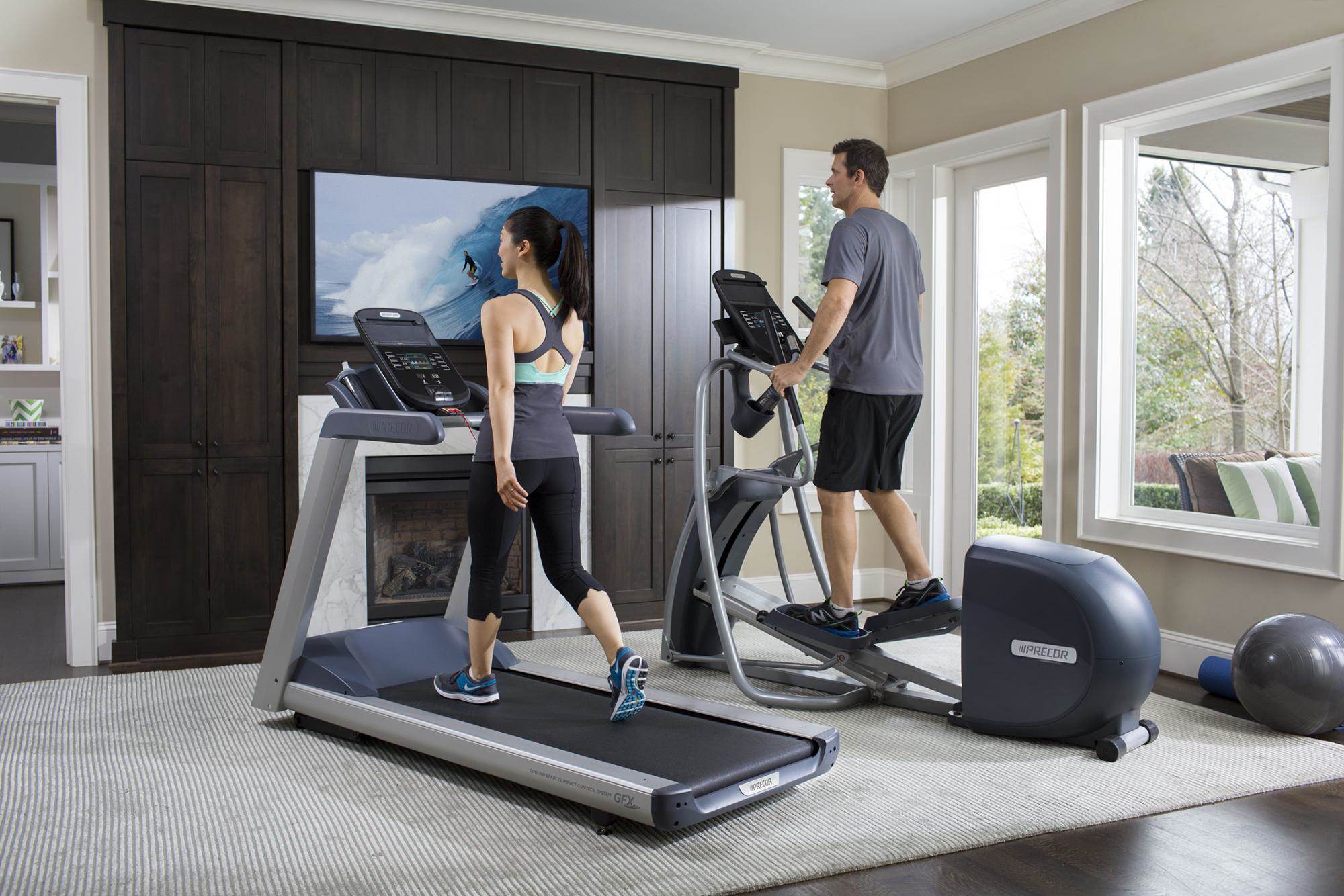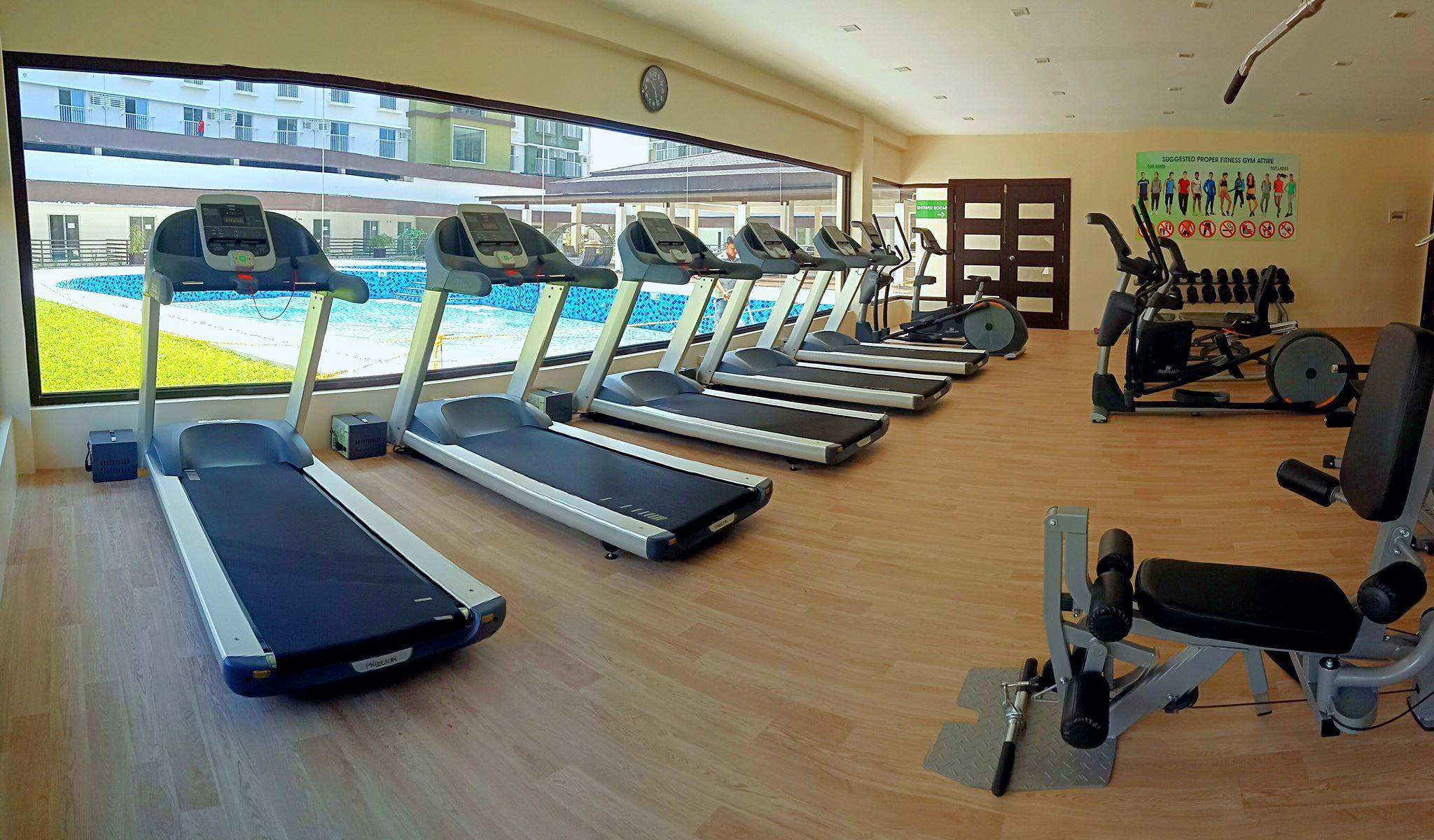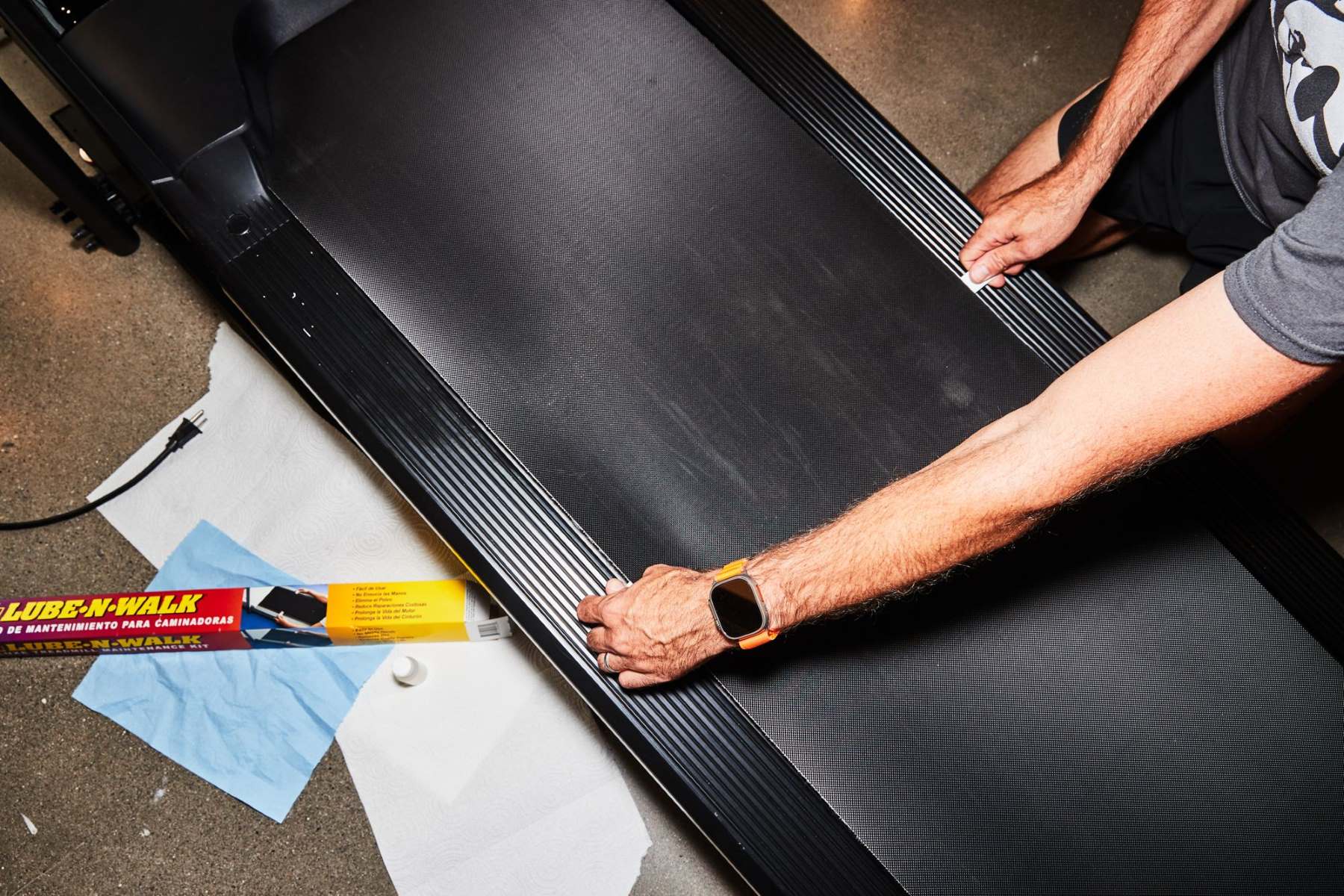Home>Misc>Product Reviews>How Much Does It Cost To Repair A Treadmill
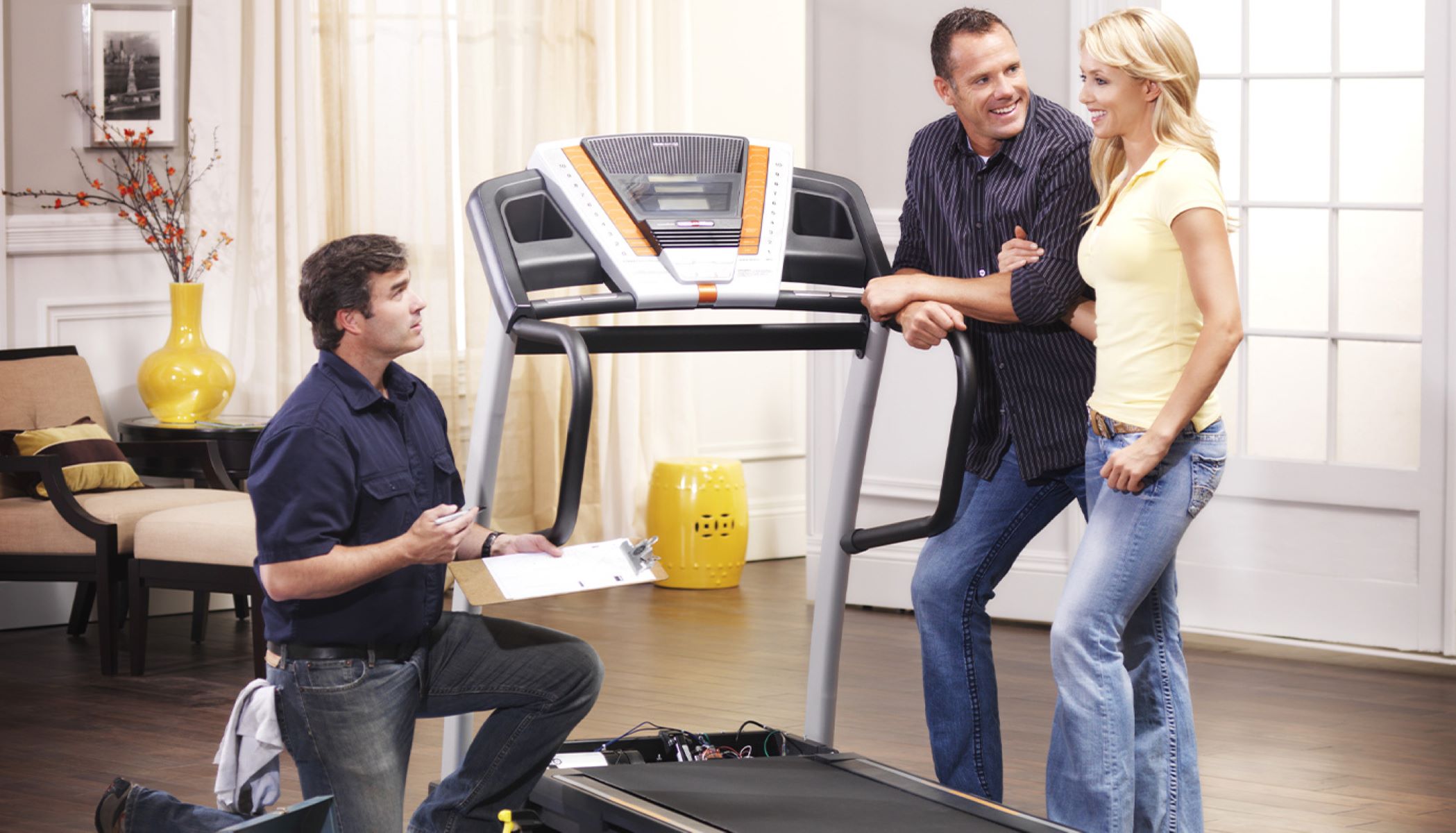

Product Reviews
How Much Does It Cost To Repair A Treadmill
Published: August 12, 2023
Looking for product reviews on treadmill repair costs? Find out how much it costs to repair a treadmill and make an informed decision for your fitness equipment.
Introduction
With the increasing popularity of fitness equipment for home use, treadmills have become a common fixture in many households. However, like any mechanical device, treadmills are prone to wear and tear, requiring occasional repairs to ensure optimal performance and longevity. Understanding the cost of treadmill repairs can help you budget and avoid surprises when your treadmill breaks down.
In this article, we will explore the factors that influence the cost of treadmill repairs, common treadmill problems and their associated repair costs, the pros and cons of DIY repairs versus professional repair services, and tips for reducing treadmill repair costs.
Whether you’re a fitness enthusiast who relies on your treadmill for daily workouts or a homeowner who wants to prolong the lifespan of their exercise equipment, knowing the potential costs of treadmill repairs can help you make informed decisions and plan accordingly.
So, if you’re curious about how much it might cost to repair your treadmill, let’s delve deeper into the various factors that can affect the overall repair expenses and explore effective ways to minimize those costs.
Factors Affecting the Cost of Treadmill Repairs
Several factors can influence the cost of treadmill repairs. Understanding these factors can help you estimate the potential expenses involved in getting your treadmill back in working order.
1. Extent of Damage: The severity and complexity of the issue will directly impact the repair cost. Minor issues like loose belts or damaged wires may require simple and affordable repairs, while major issues like motor malfunctions or electronic failures may require more extensive and costly repairs.
2. Parts Replacement: If any parts need to be replaced, the cost of those parts can significantly impact the overall repair expenses. The price of replacement parts can vary depending on the make and model of your treadmill. Common parts that may need replacement include belts, motors, circuit boards, and consoles.
3. Age and Brand: Older treadmills or those from well-known brands may have higher repair costs due to the availability and cost of replacement parts. Additionally, older models may require more time and effort to diagnose and repair, increasing the labor costs.
4. Warranty Coverage: If your treadmill is still under warranty, certain repairs may be covered, reducing or eliminating the out-of-pocket costs. However, it is important to review the warranty terms and conditions to understand what repairs are covered and any potential deductibles or service fees.
5. Location: The location of your treadmill repair service can also affect the cost. Repair professionals in areas with a higher cost of living may charge more for their services compared to those in less expensive areas.
6. Professional Expertise: The expertise and reputation of the treadmill repair professional can also impact the cost. Highly experienced and reputable technicians may charge higher rates for their services, but they may also provide more efficient and accurate repairs.
It’s important to keep in mind that the above factors can vary. Therefore, it is advisable to consult with a trusted treadmill repair specialist to obtain a precise estimate based on your specific situation.
Common Treadmill Problems and Their Repair Costs
Treadmills, like any complex mechanical device, can experience various issues that require repair. Understanding common treadmill problems and their associated repair costs can help you identify potential issues and estimate the cost of getting your treadmill back up and running.
1. Belts and Decks: Worn-out or misaligned belts and decks are one of the most common treadmill problems. The cost of replacing a treadmill belt can range from $50 to $200, depending on factors such as the brand and model of your treadmill. If the deck also needs replacement, the cost can increase by an additional $100 to $200.
2. Motors: Motor problems can lead to issues like excessive noise, erratic speed, or complete failure. The cost of motor repairs can vary significantly depending on the type and size of the motor. Small motors used in residential treadmills can cost around $100 to $300 to repair or replace, while larger commercial-grade motors may cost several hundred dollars.
3. Electronics: Issues with the treadmill’s electronics, such as faulty consoles or malfunctioning control boards, can impact its functionality. Repair costs for electronic components can range from $100 to $500, depending on the complexity of the problem and the availability of replacement parts.
4. Power Supply: Problems with the power supply, such as a faulty surge protector or a damaged power cord, can cause the treadmill to malfunction. The cost to repair or replace the power supply can range from $50 to $200.
5. Rollers and Bearings: Worn-out or damaged rollers and bearings can affect the smoothness and stability of the treadmill. Repairing or replacing these components can cost anywhere from $100 to $300, depending on the quality of the replacement parts.
6. Inclination Mechanism: If your treadmill has an incline feature, issues with the inclination mechanism can occur. Repairing or replacing the inclination motor or components can range from $200 to $500, depending on the complexity of the problem.
It’s important to note that these are just general cost estimates and can vary based on several factors, including the brand, model, and age of your treadmill, as well as the region you are located in.
If you are unsure about the problem with your treadmill or need an accurate estimate for repair costs, it is recommended to consult with a professional treadmill repair service.
DIY Treadmill Repair versus Professional Repair Services
When faced with a malfunctioning treadmill, you may consider whether to attempt a DIY repair or hire a professional repair service. Both options have their pros and cons, and understanding them can help you make an informed decision based on your skill level, time availability, and the complexity of the repair.
DIY Treadmill Repair:
- Cost Savings: One of the main advantages of DIY treadmill repair is the potential cost savings. If you have experience with electronics and mechanical repairs, you can save money on labor costs by fixing the issue yourself.
- Convenience: DIY repairs allow you to work on your own schedule, without having to wait for a technician to visit your home or bring the treadmill to a repair shop.
- Learning Experience: Repairing the treadmill yourself can be a valuable learning experience, helping you understand the inner workings of the machine and enhancing your problem-solving skills.
However, there are also downsides to DIY treadmill repair:
- Limited Expertise: If you’re not experienced in treadmill repair, you may accidentally cause further damage or fail to diagnose the root cause of the problem, leading to ineffective repairs.
- Warranty Void: Attempting DIY repairs on a treadmill that is still under warranty may void the warranty, leaving you responsible for all future repair costs.
- Safety Concerns: Treadmills have moving parts and electrical components that can be dangerous if mishandled. Without proper knowledge and safety precautions, you may risk injury.
Professional Repair Services:
- Expertise and Experience: Hiring a professional treadmill repair service ensures that the job is done correctly and efficiently. Experienced technicians have the necessary knowledge and tools to diagnose and fix a wide range of treadmill issues.
- Time and Convenience: By enlisting professional help, you can save time and effort, as the repair technicians will handle all aspects of the repair process, from diagnosis to sourcing and installing replacement parts.
- Warranty Protection: If your treadmill is still under warranty, professional repair services can ensure that all repairs are carried out in accordance with the manufacturer’s guidelines, protecting your warranty coverage.
However, there are a few things to consider when opting for professional repair services:
- Cost: Professional repair services come with a cost, which may include labor fees, replacement parts, and service charges. The cost can vary depending on the extent of the repairs and the region you are located in.
- Scheduling: Depending on the availability of repair technicians, you may need to wait for an appointment, potentially leaving you without a functional treadmill for a period of time.
Ultimately, the decision between DIY repair and professional repair services depends on your level of expertise, availability, and comfort with handling treadmill repairs. For complex issues or when your treadmill is still under warranty, it is generally recommended to seek professional help to ensure the best possible outcome. However, if you have the necessary skills and knowledge, DIY treadmill repair can be a cost-effective and rewarding option.
Average Costs of Treadmill Repair
The cost of repairing a treadmill can vary widely depending on the specific issue, the brand and model of the treadmill, and the location where the repair is being performed. While it is difficult to provide an exact average cost, we can provide you with some estimated ranges for common treadmill repairs:
1. Belt Replacement: Replacing a worn-out treadmill belt can cost anywhere from $50 to $200, depending on the brand and model of the treadmill.
2. Motor Repairs: Repairing a treadmill motor can cost between $100 and $300 for smaller residential treadmills. Larger commercial-grade motors may cost several hundred dollars to repair or replace.
3. Console or Control Board Repair: Repairing the console or control board of a treadmill can range from $100 to $500, depending on the complexity of the issue and the availability of replacement parts.
4. Incline Motor Replacement: If the incline motor of your treadmill needs to be replaced, the cost can range from $200 to $500, depending on the make and model of the treadmill.
5. Electronic Repairs: Repairing electronic components such as sensors, wiring, or connectors can cost between $100 and $300, depending on the extent of the damage and the specific components involved.
6. Other Repairs: Additional repairs, such as fixing rollers, bearings, or power supply issues, can range in cost from $50 to $300, depending on the severity of the problem and the required replacement parts.
It’s important to note that these are rough estimates and the actual cost of treadmill repair may vary based on your location, the specific repair needed, and the pricing policies of different repair shops or technicians. Furthermore, these estimates do not include any additional service charges or taxes that may apply.
To get a more accurate estimate for your treadmill repair, it is recommended to reach out to a professional repair service and provide them with the specific details of the issue. They will be able to assess the problem, provide you with a quote, and offer guidance on the best course of action.
Additional Expenses to Consider
When budgeting for treadmill repair, it’s important to consider not only the direct costs of the repair itself but also any additional expenses that may arise throughout the process. These additional expenses can impact the overall cost and should be taken into account when planning for treadmill repairs.
1. Diagnostic Fees: Some repair services may charge a diagnostic fee to assess the problem with your treadmill. This fee typically covers the technician’s time and expertise in identifying the issue. Diagnostic fees can range from $50 to $100 or more, depending on the repair service.
2. Labor Charges: In addition to the cost of replacement parts, most treadmill repair services charge labor fees for the time and effort spent on the repair. Labor charges can vary depending on the complexity of the repair, the region you are located in, and the expertise of the technician. On average, you can expect to pay around $75 to $150 per hour for labor charges.
3. Shipping Costs: If your treadmill requires replacement parts that are not readily available locally, you may need to factor in shipping costs. These costs can vary depending on the size and weight of the parts, as well as the distance they need to be shipped.
4. Transportation Fees: If your treadmill needs to be transported to a repair shop, especially for larger or commercial-grade treadmills, you may need to consider transportation costs. This can include rental fees for a truck or van, as well as fuel expenses.
5. Maintenance Costs: After the repair is completed, it’s important to consider ongoing maintenance costs to keep your treadmill in good condition. This can include routine cleaning, lubrication, and belt adjustments, as well as periodic professional maintenance checks.
6. Extended Warranty: If your treadmill is no longer under warranty or if the warranty is about to expire, you may want to consider purchasing an extended warranty for future repair coverage. Extended warranties can provide peace of mind and protect against unexpected repair costs, but they do come with an additional expense.
By considering these additional expenses alongside the actual repair costs, you can ensure that you have a more accurate estimate of the total cost involved in getting your treadmill repaired. It’s a good practice to consult with the repair service upfront and ask for a breakdown of all potential costs, including any additional fees or charges that may apply.
Tips for Reducing Treadmill Repair Costs
Treadmill repairs can add up, but there are several ways to potentially reduce the overall cost and keep your budget in check. Consider the following tips to minimize treadmill repair expenses:
1. Regular Maintenance: Implement a regular maintenance routine to keep your treadmill in good working condition. This includes cleaning the machine regularly, lubricating the belt as recommended by the manufacturer, and performing routine inspections to identify and address any potential issues before they escalate.
2. Read the Manual: Familiarize yourself with the user manual provided by the treadmill manufacturer. This will help you understand the recommended maintenance tasks and troubleshoot common issues. Following the manufacturer’s guidelines can help you avoid unnecessary damage and costly repairs.
3. Proper Usage: Use your treadmill correctly and avoid activities that may strain the machine, such as excessive weight or running at high speeds for prolonged periods. Proper usage can help extend the lifespan of your treadmill and reduce the risk of premature breakdowns.
4. Qualified Repair Services: When seeking professional repair services, choose qualified and reputable technicians or repair shops. Do your research, read reviews, and ask for recommendations to ensure you are getting reliable service at a fair price. Working with experienced professionals can help avoid unnecessary repairs and ensure the job is done correctly.
5. Compare Repair Costs: Obtain quotes from multiple repair services to compare prices and services offered. While choosing the cheapest option may not always be the best choice, comparing costs can give you a better idea of the average price range for the repair you need and help you make an informed decision.
6. Consider DIY for Simple Repairs: If you have the necessary skills and knowledge, consider tackling minor repairs yourself. However, proceed with caution and only attempt repairs that you are comfortable and confident in handling. Simple tasks like belt replacements or minor adjustments can often be done at home with the help of online tutorials or repair guides.
7. Utilize Warranties: If your treadmill is still covered under warranty, make sure to review the terms and conditions. Take advantage of any repairs or replacements that are covered by the warranty to avoid out-of-pocket expenses. Just be mindful of any deductibles or service fees that may apply.
By implementing these tips, you can potentially reduce treadmill repair costs and ensure that you are getting the most out of your equipment without breaking the bank. Remember, prevention and proactive maintenance are key to avoiding costly repairs in the first place.
Conclusion
Repairing a treadmill can be a necessary expense to maintain its functionality and prolong its lifespan. The cost of treadmill repairs can vary depending on factors such as the extent of the damage, replacement parts needed, and the expertise of the repair service. By understanding the factors that affect repair costs, common treadmill problems and their associated expenses, the pros and cons of DIY repair versus professional services, and additional expenses to consider, you can make informed decisions when it comes to repairing your treadmill.
While DIY repairs can offer cost savings for those with the necessary skills and knowledge, it’s important to weigh the risks of potentially voiding warranties, causing further damage, or compromising safety. Hiring professional repair services can provide peace of mind, expertise, and efficient solutions, but it comes with associated costs. Ultimately, the choice between DIY repairs and professional services depends on your comfort level, expertise, and the complexity of the repair needed.
To keep treadmill repair costs at a minimum, implement regular maintenance, proper usage, and read the user manual to prevent unnecessary damage. Comparing repair costs, seeking qualified repair services, and utilizing warranties when applicable can also help reduce expenses. By taking these tips into consideration, you can effectively manage treadmill repair costs and ensure that your treadmill remains in optimal working condition for years to come.

